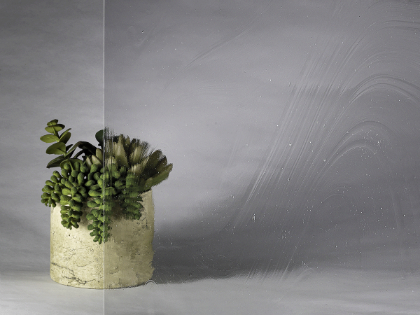Stained glass is a stunning art form that combines vibrant colors, intricate designs, and the play of light to create masterpieces that captivate the eye. The process of crafting stained glass involves careful selection of materials that ensure not only visual appeal but also durability and longevity. The best stained glass materials ranging from glass types to the tools used for cutting are essential to achieving a perfect, radiant finish. At the heart of any stained glass piece is the glass itself. The finest stained glass is typically made from high-quality leaded or copper foiled glass, known for its vivid colors and translucent qualities. The glass can come in a wide variety of textures and finishes, from smooth to heavily textured, allowing for different visual effects depending on the design. One of the most prized types of stained glass is hand-blown glass. Each sheet is unique, with slight variations in color and texture that enhance the finished artwork.

This type of glass can include striking colors like cobalt blue, ruby red, emerald green, and amber, providing artists with a broad palette to create vibrant designs. Another important material is the lead came, which is the framework used to hold the glass pieces in place. Traditionally, lead came is preferred for its flexibility and strength, allowing artists to shape it into tight curves or sharp angles as needed. The lead came is soldered together at joints, creating a grid pattern that provides both structural support and an aesthetic balance to the design. To achieve precise cuts for each glass piece, professional stained glass artisans rely on specialized cutting tools. A glass cutter, typically equipped with a carbide wheel or a diamond tip, is used to score the glass along the desired lines. Once scored, the glass is carefully snapped along the line, ensuring a clean edge. For more intricate shapes, artists may use a grinder to smooth rough edges and refine the glass.
These tools, along with a steady hand and a keen eye for detail, are crucial for achieving the perfect cuts that make each piece of stained glass shine. In addition to these primary materials, a variety of decorative elements can be incorporated into stained glass creations. Some pieces may feature leaded accents, etched patterns, or painted details. Artists often use special glass paints that are fired at high temperatures to ensure the colors remain intact and vibrant over time. The best stained glass materials work together to produce a piece of art that is both visually striking and technically sound. The right choice of glass, buy colored glass sheets the precision of the cuts, and the quality of the framework all contribute to the creation of breathtaking stained glass windows, lamps, and other decorative items that will stand the test of time.
